The Ultimate Guide to Blackwater Diving
Welcome to the ultimate guide to blackwater diving! If you’re a scuba diving enthusiast looking for an adventure unlike any other, then blackwater diving is a must-try.
Blackwater diving is a unique experience that takes you into the deep, dark waters of the open ocean at night. This thrilling and exciting type of diving is not for the faint-hearted, but it is an unforgettable and rewarding experience that you’ll remember for a lifetime.
In this comprehensive guide, I will cover everything you need to know about blackwater diving. We’ll start by exploring the blackwater diving environment, the equipment you’ll need, and how to prepare for a dive. We’ll also discuss important safety considerations and techniques to help you navigate dark waters safely.
But the real highlight of blackwater diving is the marine life you’ll encounter. From plankton and small pelagic creatures to large pelagic creatures, jellyfish, and larval fish, you’ll be amazed by the stunning and otherworldly creatures that inhabit the deep, dark waters.
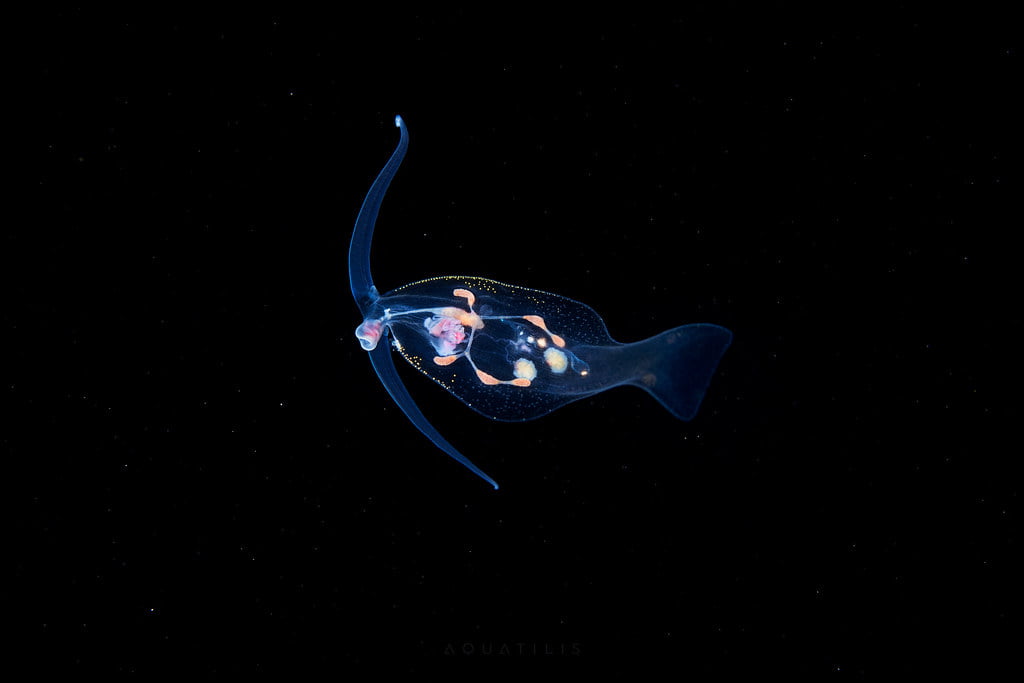
If you’re a photography enthusiast, you’ll find blackwater diving to be an excellent opportunity to capture unique and breathtaking images. We’ll provide you with tips on dive techniques, camera settings, lens choice, and strobe positions to help you take the best possible photos.
Finally, I will share some of the best blackwater diving destinations around the world, including Hawaii, the Philippines, Mexico, and Palau.
So if you’re ready for an adventure over the deepest, darkest ocean, read on and discover everything about blackwater diving.
What is blackwater diving?
Blackwater diving is a unique type of night diving that takes place in the open ocean at night. It involves drifting with the current, suspended in the water column, and using floodlights from the dive boat to attract deep-sea creatures. Divers are usually tethered to a line that descends beneath the dive boat.
Blackwater dives take place over very deep locations, although divers will remain at depths ranging from 20 to 40 meters.
This form of scuba diving is popular because it gives an opportunity to witness a daily vertical migration of pelagic plankton and marine life larvae. Those, in turn, attract larger creatures such as tunas, manta rays, swordfish, cephalopods, and even whales.
Blackwater diving is different from a regular night dive as it takes place in deeper waters, and divers must be comfortable with diving in the dark and controlling their buoyancy. However, it is an opportunity to see and photograph rare macro creatures that cannot be seen during the day or on reef night dives.
Underwater photographers, in particular, find blackwater diving to be an excellent opportunity to capture striking shots of bioluminescent creatures and other marine life.
How are blackwater dives conducted?
During a blackwater dive, powerful lights hang beneath the boat. This simulates moonlight and attracts creatures from far and wide.
Divers usually tether to the dive boat via a rope. They descend along their line, usually no deeper than 20 meters. This technique keeps them with the drifting boat and stops them from descending too deep.
True blackwater dives differ from bonfire diving, which is done on shallower sites. In bonfire diving, divers settle on the bottom with a strong light suspended above them or placed shining upwards from the bottom.
The blackwater diving environment
Blackwater diving takes place in the open ocean at night, usually several miles offshore, in deep waters. The dive takes place in a vertical, mid-water column, with no physical reference points. In many cases, the dive boat will drift with currents, with divers suspended beneath.
The environment in which blackwater diving occurs is unique and fascinating. At night, the ocean’s surface layers mix with deeper, nutrient-rich waters. It is a unique and dynamic ecosystem.
Marine life such as jellyfish, squid, octopuses, shrimp, and fish in their early developmental stages, migrate from the depths up to the surface to feed, mate and spawn. This creates a kaleidoscope of colors and shapes as the animals move in and out of the light from the diver’s torch.
The depth and conditions of blackwater diving present unique challenges for divers. The lack of reference points and disorienting surroundings can make it difficult to maintain buoyancy control and regulate breathing. Additionally, the lack of visual cues can lead to disorientation, and divers must be able to stay calm and focused in a dark environment.
Despite these challenges, blackwater diving is a unique opportunity to witness rarely glimpsed marine life.
Blackwater Diving Equipment
Blackwater diving requires some specialist equipment to ensure your safety and to capture the best possible images of the creatures you encounter in the dark waters. Here are some of the essential pieces of equipment you’ll need to get the most out of a blackwater dive:
- Dive lights: You’ll need a powerful dive light to illuminate the dark waters and help you see the marine life around you. You should also carry a backup light in case your primary light fails.
- Camera and underwater housing: A good quality camera and waterproof housing are essential for capturing clear and sharp images of the creatures you encounter.
- Strobe and focus lights: Strobe lights and focus lights provide additional lighting for your photos and help you focus on your subjects.
- Wetsuit or drysuit: Wear a wetsuit or drysuit as protection against stinging organisms. It will also keep you warm when temperatures are cooler at night.
- Dive computer: A dive computer is essential for tracking your depth, dive time, and decompression limits. The illuminated display helps you retain situational awareness in the dark.
It’s essential to ensure that all of your equipment is in good working order and properly maintained before embarking on a blackwater dive. It’s also important to receive proper training and certification in blackwater diving before attempting a dive on your own.
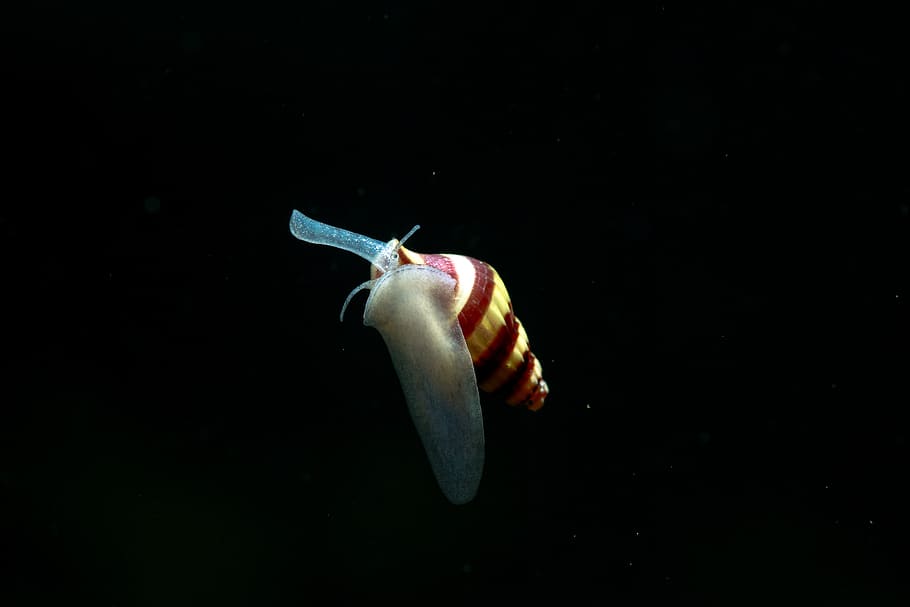
Preparing for a blackwater dive
Blackwater diving requires careful mental and physical preparation to ensure a safe and enjoyable experience. Here are some important steps to take when preparing for a blackwater dive:
Research the dive operator
Before embarking on a blackwater diving adventure, research the location and the dive center. Blackwater diving requires specific techniques that are more complex than general night diving.
Look for reviews and recommendations from other divers who have had experience with blackwater diving. Make sure the dive center or guide has substantial experience with blackwater diving.
Mental preparation
Blackwater diving can be mentally challenging. Apply stress management techniques to control any anxiety. Meditation, breathing exercises, and visualization techniques can help calm the mind and reduce anxiety.
Pre-dive briefing
Before the dive, the dive center or guide should provide a comprehensive pre-dive briefing that covers the dive plan, safety procedures, and emergency protocols. Divers should pay close attention to the briefing and ask any questions they may have.
Equipment check
Before entering the water, divers should carefully check all of their scuba equipment to ensure that it is in good working order. In particular, make sure to check that your dive lights are fully charged and working reliably.
Buddy system
Blackwater dives should not be done alone. Divers should always have a dive buddy and should stay within sight and communication distance at all times.
By taking the time to properly prepare for a blackwater dive, divers can ensure a safe and enjoyable experience. Mental preparation, pre-dive briefing, equipment check, and the buddy system are all essential steps in preparing for a successful blackwater dive.
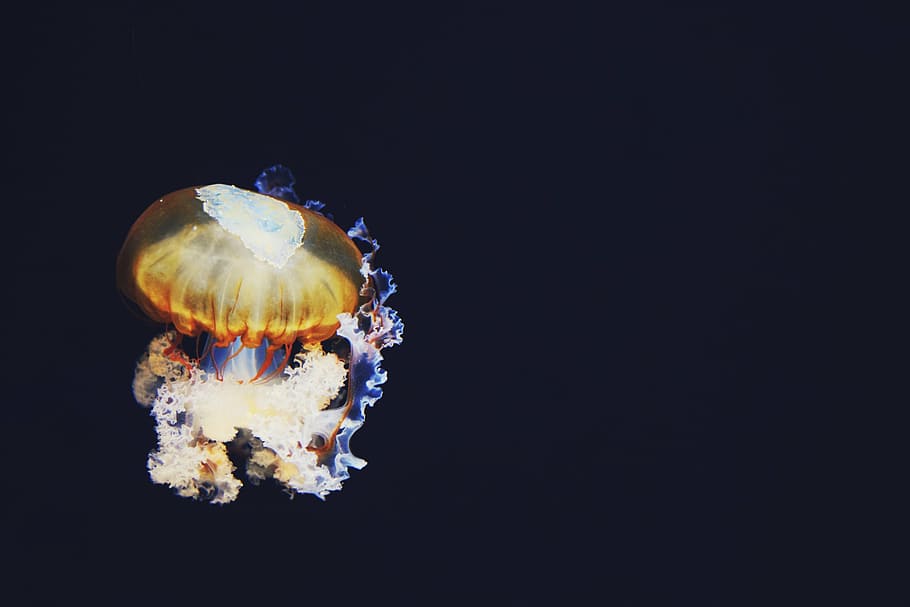
Blackwater diving safety considerations
Blackwater diving is a safe activity. However, it comes with its own set of safety considerations. Here are some specific risks to keep in mind:
- Full Exposure Protection: Wear full exposure protection on these dives as stinging organisms are extremely common.
- Buoyancy and Depth Monitoring: Buoyancy can be a challenge on night dives, but even more so on blackwater dives, so you need to monitor your depth regularly. Exceeding depth limits and unintentional surfacing are both common.
- Diving Conditions and Gear: Ensure you’re diving in the right conditions with the right gear. You can experience marine life-related injuries or have equipment malfunctions. You can get into dangerous situations because of human error or poor judgment.
- Limited Visibility: One of the most obvious risks of blackwater diving is limited visibility. This can make it harder to navigate, identify hazards, and communicate with your dive buddy.
- Disorientation: In the darkness, it can be easy to become disoriented or lose your sense of direction. Without visual cues from the sun or landmarks on the surface, you may not be able to tell which way is up or down.
- Equipment Failure: Night diving requires additional equipment, such as underwater flashlights and backup lights. If your equipment fails, you may be left in the dark, which can be dangerous.
- Cold Water: Depending on the location, the water temperature may be cooler at night, which can increase the risk of hypothermia if you’re not properly dressed.
- Fatigue: Night diving can be physically and mentally demanding, and divers may be more prone to fatigue or exhaustion. It is recommended that divers are well-rested and properly hydrated before going on a blackwater dive.
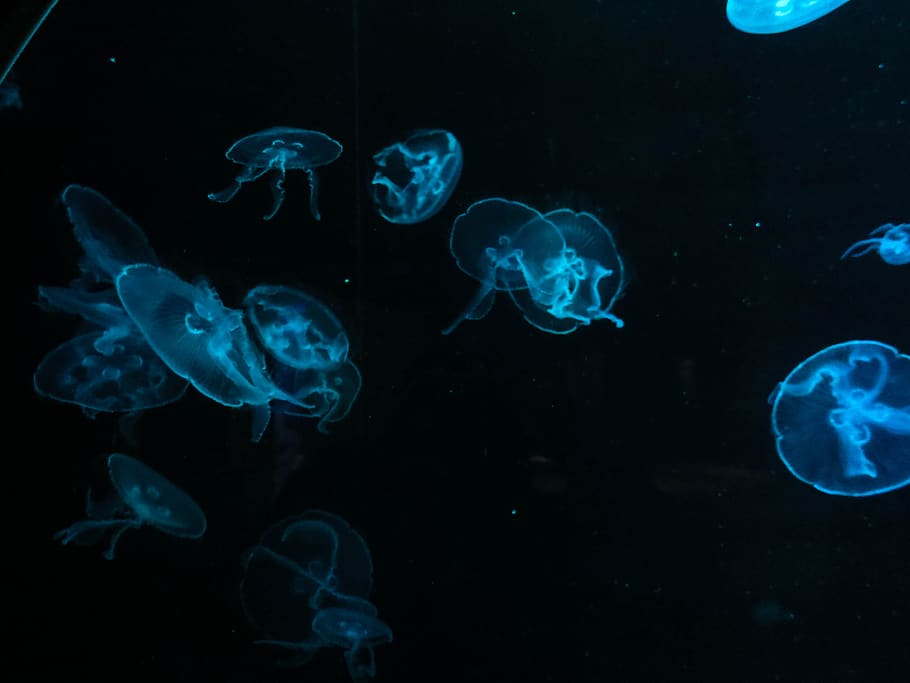
Blackwater diving techniques
When it comes to blackwater diving, there are specific techniques that divers must use to get the best experience. Here are some of the techniques that divers should keep in mind:
Descending and Moving Around
- Each diver has their own drop line that they use to descend and ascend during the dive.
- Divers must clip the line to their BCD to avoid drifting off in the open ocean.
- The boat is also free-floating, so divers should avoid getting tangled in each other’s lines.
Drifting and Watching
- Divers should descend along their line and usually not go deeper than 20m/66ft.
- Once at the desired depth, divers simply hang out and watch the show.
- Using a powerful dive light is essential to finding and tracking subjects.
- Swim slowly into the current and let the subjects come to you.
- Moving as little as possible, find a subject and calmly drift along with it.
Blackwater diving marine Life
Blackwater diving offers an exceptional opportunity to encounter diverse marine life that cannot be found in other types of scuba diving. Here are some of the most interesting creatures you may encounter during a blackwater dive:
Plankton
During a blackwater dive, you will encounter an abundance of plankton. Phytoplankton and zooplankton, which are the plant and animal forms of plankton, respectively, can be found in great numbers.
Zooplankton hides in deeper waters during the day to avoid visual predators, but at night, they rise to the surface, along with phytoplankton, in a phenomenon called the diel vertical migration.
Small Pelagic Creatures
The majority of marine life you will encounter during a blackwater dive is small (3 to 6cm) and planktonic. Many of these are fish larvae or juveniles of some sort. You may also see jellyfish, worms, squids, octopuses, and salps.
Large Pelagic Creatures
Occasionally, larger pelagic creatures, such as dolphins or even sharks, may be attracted to the lights during a blackwater dive. Guides will constantly assess if sharks are showing aggressive characteristics.
Jellyfish and Comb Jellies
Jellyfish and comb jellies are commonly encountered during a blackwater dive. These creatures come in hundreds of different types, shapes, and sizes.
Jellyfish use stinging tentacles to ensnare their prey and move along by pulsing and drifting on the current.
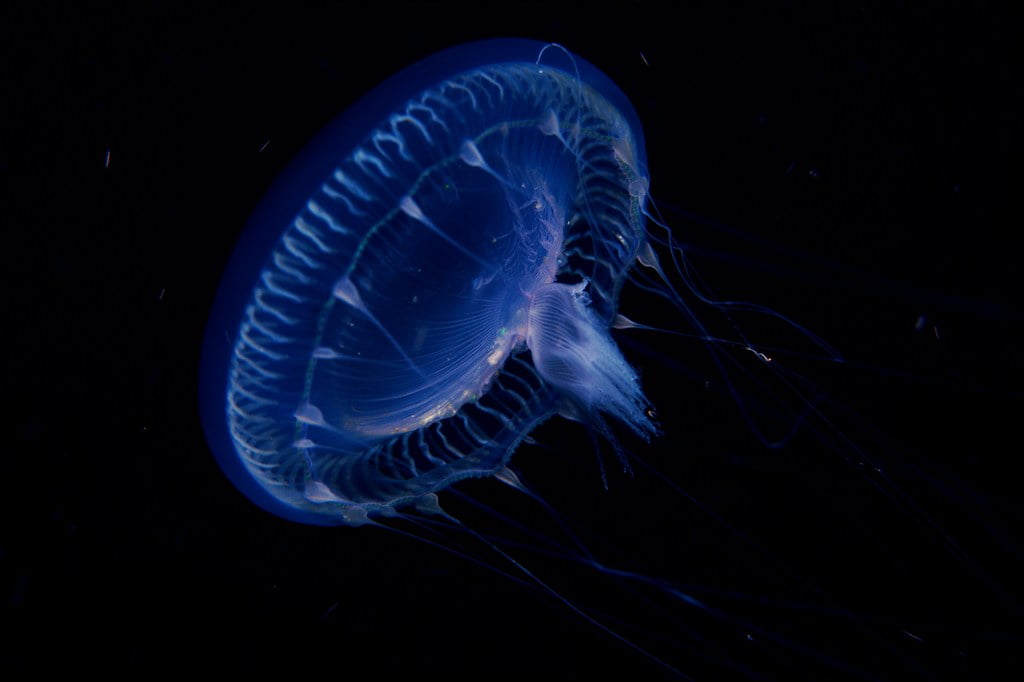
Comb jellies, on the other hand, use rows of cilia to propel themselves through the water and often produce small amounts of red, green, and blue light along their bodies.
Larval Gastropods and Pteropods
Other developing subjects that may be encountered during a blackwater dive include larval gastropods (snails, slugs, and shellfish) and pteropods (free-swimming pelagic snails).
Larval Fish
Perhaps the most fascinating creatures encountered during a blackwater dive are the larval fish, particularly those in the settling stage. These subjects look nothing like they do as adults and can be quite bizarre in appearance.
Overall, blackwater diving provides a unique opportunity to explore a diverse and fascinating marine ecosystem that is not typically accessible through other types of scuba diving.
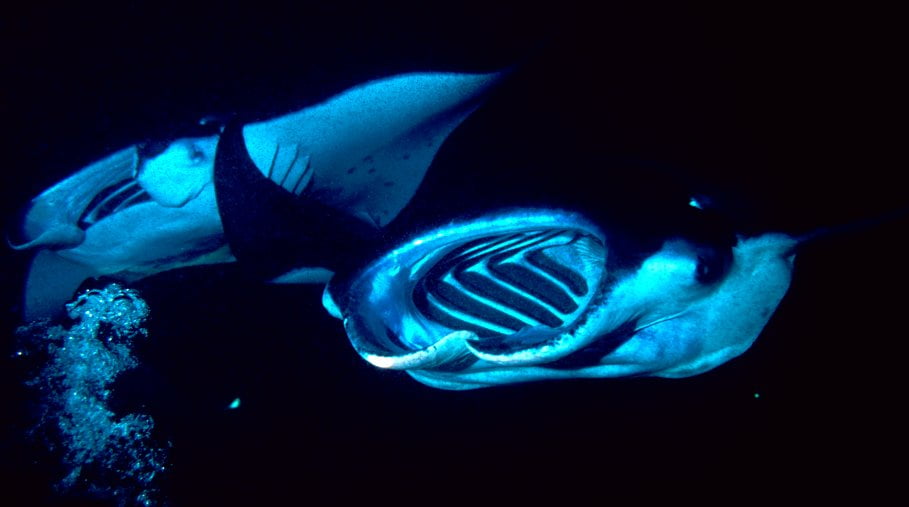
Fluorescence Night Diving
Fluorescence night diving, often referred to as “fluo diving” or “glow diving,” has gained popularity in recent years among diving enthusiasts.
During a fluo dive, divers carry special blue lights or UV lamps that emit ultraviolet light, which interacts with the fluorescent pigments in various sea organisms. This interaction causes these organisms to glow in vibrant hues of pink, green, or blue, creating a surreal underwater spectacle.
This unique underwater experience can combine the thrill of blackwater with the mesmerizing effects of fluorescence.
Blackwater diving photography tips
Blackwater diving offers unique photographic opportunities, but capturing great shots under blackwater conditions needs specialized technique.
Here are some tips to help you take better photos while blackwater diving:
Dive technique
Your diving technique plays a crucial role in capturing better images. Limiting your movements and fin kicks is essential as you will cause water movement that makes your subjects spin away, or worse, disintegrate.
Using a strong hand-held torch with a tight beam, search the dark water for reflective subjects or anything that might catch your eye. Once found, use the subject’s momentum to drift along with it and photograph it to the best of your ability.
Camera settings
When shooting blackwater subjects, higher ISO (360-600 for DSLR), higher f-stops (f/18-f/25), and a shutter speed of 1/200 sec are suggested.
A higher ISO will allow you to push your f-stop higher while using a lower strobe power. In turn, this allows your strobes to recycle faster for repeat exposures.
If the subject is shiny, quickly increase your f-stop to reduce over-exposures. If the subject is a little further away, open your f-stop.
DSLR lens choice
For blackwater diving, DSLRs are best with a 60mm lens. A wider angle of view is helpful for framing your subject and for working at a closer distance. The further your subject is from the lens, the more backscatter and haze will occur in the frame. Diopters are not normally used in blackwater diving.
Strobe positions and focus lights
For close work, aim your right strobe to the 8:00 O’clock position and the left strobe to the 4:00 O’clock position. Try not to aim the strobes at each other across your lens port. If the subject is further from the lens, position the strobes 12 inches from the handles on each side, facing slightly out. This works well for squid, octopus, and larger jellyfish.
For your focus light, use a light with a nice, even cast of light that you can point down and over your lens port. This will allow the camera to focus quickly so that you can see your subject better when shooting.
Use a torch with a tight beam to search the water for your subject. This will allow you to see further into the darker water than a wide bright light. Diving with a wide bright torch is similar to driving through the fog with your high beams on.
Focusing in Blackwater
Focusing on transparent marine life is different from photographing reef fish, corals, or other typical subjects.
More light is better when photographing blackwater creatures. Hold the light at an oblique angle to the camera to better illuminate odd angles on the animal.
Your camera’s sensor will be working extra hard to see through the backscatter to pick out the subtle contrasts and focus on the subject.
It helps to have a DSLR with a dedicated focusing sensor. On Canon and Nikon DSLRs this is called ‘phase-detect AF’. Contrast-detect AF is much slower and can have a difficult time picking up clear subjects. Some cameras use hybrid autofocus systems, which combine phase-detect and contrast-detect AF for improved performance.
One important thing to keep in mind is that blackwater diving often means diving in current. This can make focusing even more challenging.
It’s important to have good buoyancy control so that you can stay in one place and focus on your subject without drifting away. Practice your fin kicks and body position before attempting blackwater diving, and consider using a weighted camera tray to help stabilize your camera.
Post-Processing
Underwater photography, especially blackwater photography, requires post-processing to address backscatter and exposure issues.
Use basic adjustments and tools like the clone stamp or healing brush to create natural-looking images that accurately represent your subjects. Consider experimenting with creative effects like black-and-white conversions or selective color adjustments.
Remember that less is often more when it comes to post-processing; aim for natural-looking images that accurately represent the subjects you photographed.
In addition to basic adjustments, you can also experiment with creative effects like black-and-white conversions or selective color adjustments. Blackwater photography is a relatively new field, so there’s plenty of room for experimentation and creativity.
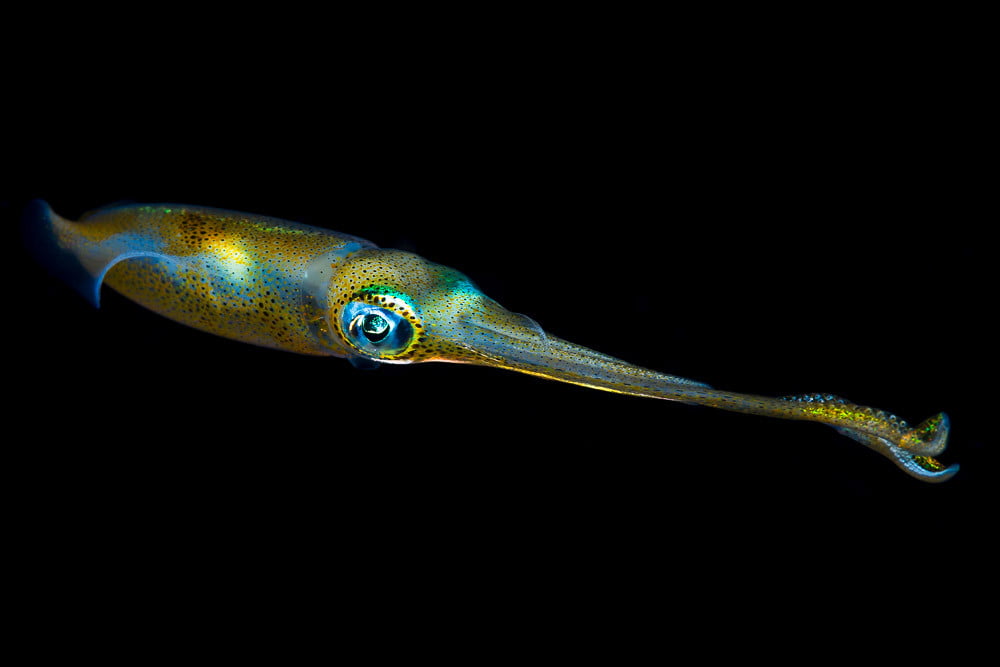
Blackwater diving environmental conservation
As with any form of diving, it is important for blackwater divers to prioritize conservation and minimize their impact on the environment. Here are some key considerations for blackwater diving conservation:
Limiting Disturbance
When diving at night, it is important to be mindful of your movements and avoid touching or disturbing any marine life.
In blackwater diving, it is especially important to be aware of the delicate creatures that you may encounter, such as jellyfish, cephalopods, and larval fish.
These creatures are often very sensitive to disturbances, and even a slight bump or nudge could harm or kill them.
Additionally, some of these creatures may have stinging cells or other defenses that could harm divers if they feel threatened.
Consideration with dive lights
Very powerful dive lights can be harmful to marine life, particularly if they are aimed directly at a creature’s eyes.
Divers should use red lights for general observation, which are less likely to disturb marine life. Otherwise, avoid shining their lights directly on creatures.
The best blackwater diving destinations
Blackwater diving has taken off around the world, with dive operators now offering it in locations as diverse as Florida, Hawaii, the Philippines, Palau, and Mexico. Each location has its unique variety of organisms. A blackwater excursion should definitely be considered in your dive vacation planning.
Blackwater diving in Kona, Hawaii, USA
Hawaii is the birthplace of blackwater diving and for a good reason. There are plenty of deep-water sites ideal for blackwater diving. The volcanic topography means that deep depth is close to the shore. Additionally, the seas tend to be clear and calm from around April to June.
Hawaii is also known for larger creatures, including dolphins and manta rays. Kona, located on the west coast of the Big Island, is the top recommendation for blackwater diving in Hawaii.
Blackwater diving in Florida, USA
Florida has become a hotspot for scuba divers keen to explore the realms of the unknown. The Gulf Stream runs parallel to the shores of Florida, so expect some current while you’re on the line.
This current brings with it an immense variety of marine life and makes for a truly exhilarating experience. Singer Island, Florida, is a great spot for blackwater diving, where divers can participate in a blackwater drift dive in the warm Gulf Stream Current.
Blackwater diving in Anilao, Philippines
Anilao is a beloved diving site by blackwater diving fans and underwater photographers, and it’s located just a 3-hour drive away from Manila.
Unlike some of the more testing dive destinations, Anilao is famed for its beginner-friendly conditions, making it an ideal location for blackwater diving. There are plenty of operators in the area who will organize bonfire dives as well as traditional blackwater dives.
Blackwater diving in Cozumel, Mexico
Although blackwater diving in Cozumel, Mexico, isn’t quite as well-established as in other locations, these dives are on the rise, and they will most likely become increasingly common in the future.
Aldora and Ocean Nomads dive operators have paved the way for blackwater dives in the area. May to September offers the warmest, calmest conditions for blackwater diving in Cozumel.
Blackwater diving in Palau
Palau is a bucket-list dive destination for many scuba divers and is also home to some of the world’s best blackwater dive opportunities. The Rock Islands, made up of hundreds of minute islands in the south of Palau, are fascinating to explore by day above land, and even more fascinating at night and underwater.
In summary, blackwater diving can be done just about anywhere that:
- Offers night dives
- Organizes boat trips
- Has access to deep water
Each location offers its unique variety of organisms and experiences, making it an ideal activity for any dive trip.
The future of blackwater diving
The future of blackwater diving looks bright, with more and more divers taking an interest in this exciting and unique form of diving. As technology continues to advance, so do the opportunities for blackwater diving.
Advances in underwater lighting, cameras, and other equipment have made it easier than ever before to capture stunning images of the amazing creatures that inhabit the deep ocean at night.
As more divers experience the thrill of blackwater diving, it is important to keep conservation in mind. Blackwater diving should always be done responsibly. Respect the environment and the creatures that call it home. It is important to follow best practices for buoyancy control and to avoid disturbing marine life.
The future of blackwater diving will also depend on continued research and education. Learning more about nocturnal deep-water marine life improves all-around understanding of marine ecology.
The knowledge gained develops better conservation strategies to protect these amazing creatures and their habitats.
In addition, blackwater diving can provide important opportunities for scientific research. By studying the creatures that inhabit the deep ocean at night, researchers can gain insights into the functioning of ocean ecosystems and the impacts of climate change and other environmental threats.
Try blackwater diving on your next scuba vacation
In conclusion, blackwater diving is a thrilling and rewarding experience that takes you to the depths of the ocean to discover unique and otherworldly marine life. With the right equipment, preparation, and techniques, you can safely navigate the dark waters and capture stunning photographs of the creatures that inhabit it.
Whether you’re a seasoned diver or just starting, blackwater diving is an adventure that you won’t forget. And with destinations like Kona, Anilao, Cozumel, and Palau, you have plenty of options to choose from to experience this exciting activity.
As we look to the future of blackwater diving, there is no doubt that it will continue to evolve and offer new opportunities for exploration and discovery. So if you’re ready to take the plunge and discover the wonders of the deep, dark waters, then start planning your next blackwater diving adventure today!
About The Author

Andy Davis is a RAID, PADI TecRec, ANDI, BSAC, and SSI-qualified independent technical diving instructor who specializes in teaching sidemount, trimix, and advanced wreck diving courses.
Currently residing in Subic Bay, Philippines; he has amassed more than 10,000 open-circuit and CCR dives over three decades of challenging diving across the globe.
Andy has published numerous diving magazine articles and designed advanced certification courses for several dive training agencies, He regularly tests and reviews new dive gear for scuba equipment manufacturers. Andy is currently writing a series of advanced diving books and creating a range of tech diving clothing and accessories.
Prior to becoming a professional technical diving educator in 2006, Andy was a commissioned officer in the Royal Air Force and has served in Iraq, Afghanistan, Belize, and Cyprus.
In 2023, Andy was named in the “Who’s Who of Sidemount” list by GUE InDepth Magazine.
Purchase my exclusive diving ebooks!
Originally posted 2023-04-14 17:28:50.







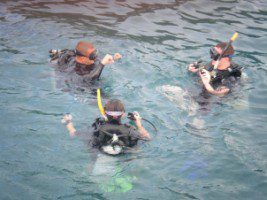
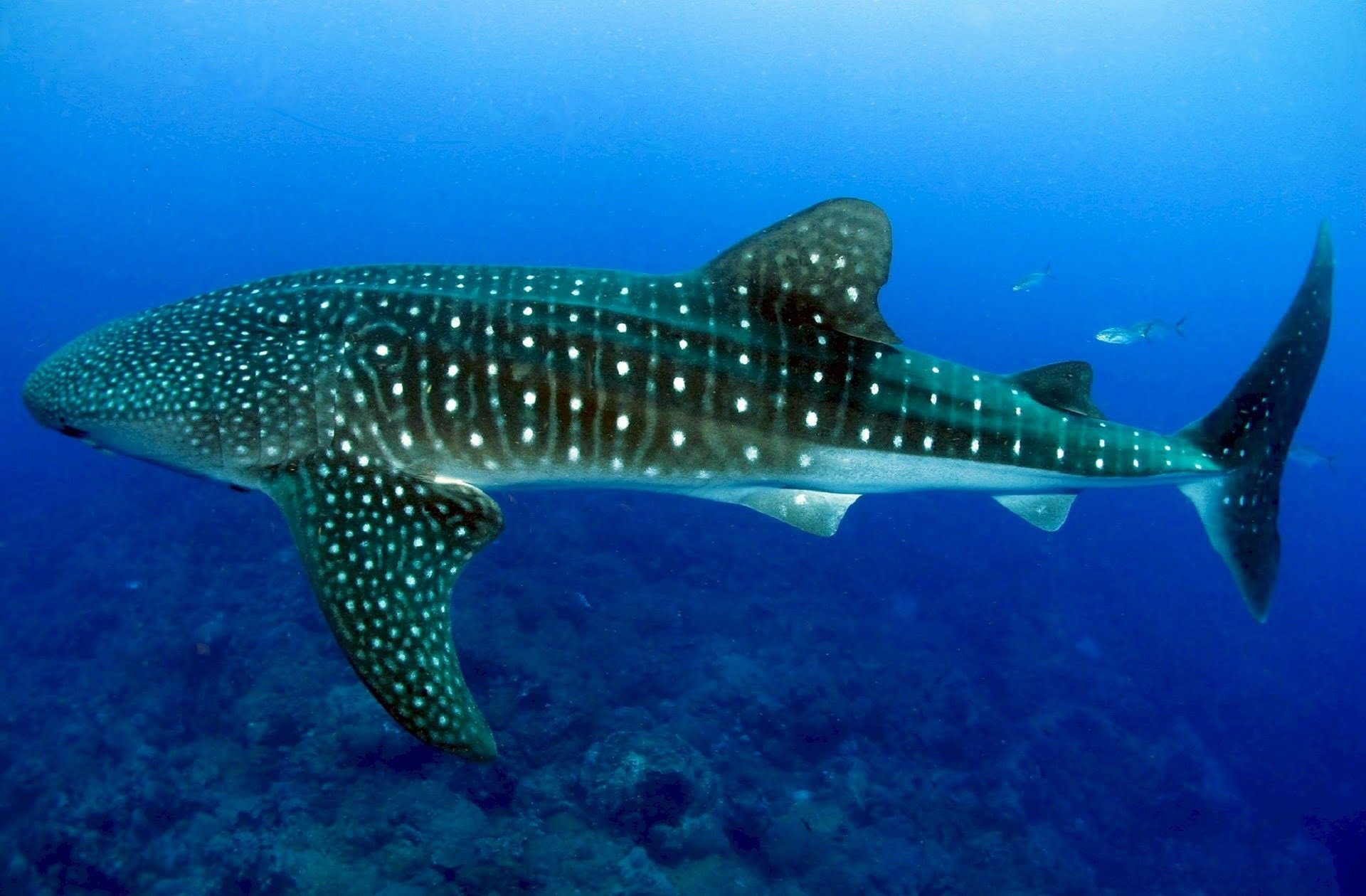


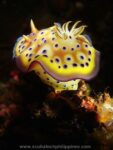

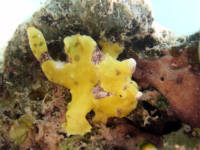
Hi Jana. This would be a policy set by individual dive operators. It’s best to contact them in advance to discuss their requirements. When certification and/or experience prerequisites are mandated, it is invariably to maintain participant safety and protect their own legal liability. Be wary of dive operators that pander to instant gratification for their own profitability -the best dive centers and instructors will be honest in their risk assessment, even if that’s not what you want to hear.
Blackwater diving presents increased risks compared to less complex types of diving. In turn, maintaining safety demands reliable competency in accurate buoyancy control, equipment familiarity, underwater communication, and situational awareness. Those proficiencies require specific training and experience to develop; beyond the rudimentary diving competencies addressed on an Open Water course.
Personally, I don’t believe that most diving certifications guarantee proficiency. There are many variables in training quality and skill retention post-training. Similarly, experience varies in learning quality. IMHO, it’s best to physically assess diver competency for a specific level of diving through a build-up of diving complexity. Far too few dive operators do this; but it’s the most ethical and safety-orientated method of ensuring that divers don’t extend beyond their level of ability.
Hello! We are planning our honeymoon in the Philippines and plan to do a blackwater dive in Anilao. Are they strict about have an advanced certification and 50 dives? My husband doesn’t have his advanced and we both don’t have 50 dives yet. Certainly don’t want to travel there and be turned away.